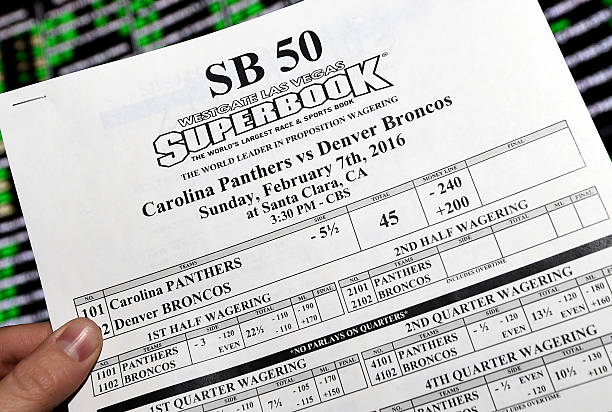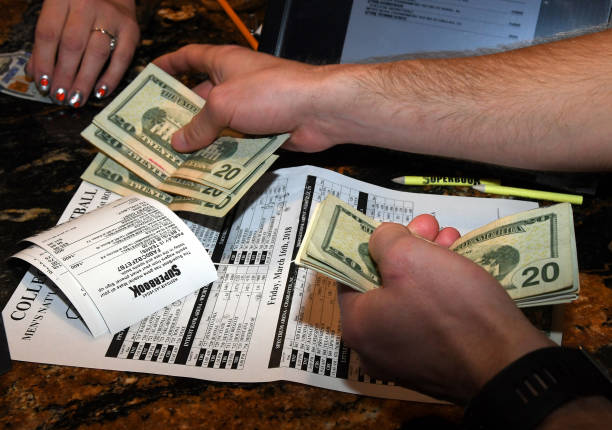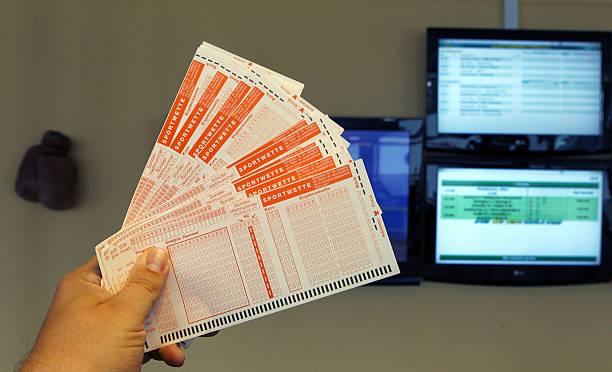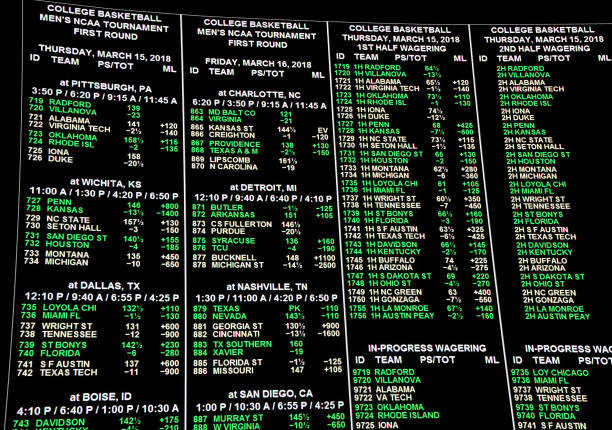
Understanding Expected Value (EV) in Sports Betting
One of the most powerful concepts in betting strategy is Expected Value (EV), a mathematical approach that helps you determine whether a bet is worth placing. In sports betting, luck plays a role, but successful bettors rely on statistics and probability to make profitable decisions.
Understanding Expected Value (EV) in sports betting can increase your chances of long-term success by ensuring you make informed wagers based on probabilities, rather than emotions or instincts.
In this guide, we’ll break down Expected Value, explain how to calculate it, and reveal five powerful strategies to use EV in your betting approach.
What Is Expected Value (EV) in Sports Betting?
Expected Value (EV) is a mathematical concept that measures the potential profitability of a bet over time. It represents the average amount a bettor can expect to win or lose per bet if the same wager is placed multiple times.

- Positive EV (+EV): A bet that has a long-term profitable expectation.
- Negative EV (-EV): A bet that is expected to lose money in the long run.
By consistently placing +EV bets, you increase your chances of making a profit over the long term.
How to Calculate Expected Value (EV) in Betting
The formula for Expected Value (EV) in betting is: EV=(Pwin×Profit)−(Plose×Loss)EV = (P_{win} \times Profit) – (P_{lose} \times Loss)
Where:
- PwinP_{win} = Probability of winning
- PloseP_{lose} = Probability of losing (1 – PwinP_{win})
- Profit = Amount won per successful bet
- Loss = Amount lost per unsuccessful bet

Example of EV Calculation
Let’s say you’re betting on a football match where the odds for Team A to win are 3.00 (decimal odds). You believe Team A has a 40% chance of winning.
- Stake: $100
- Odds: 3.00
- Potential profit: ($100 × 3.00) – $100 = $200
- Probability of win (P_{win}): 40% (0.40)
- Probability of loss (P_{lose}): 60% (0.60)
- Loss per bet: $100
EV=(0.40×200)−(0.60×100)EV = (0.40 \times 200) – (0.60 \times 100) EV=80−60=+20EV = 80 – 60 = +20
Result: The EV is +20, meaning this bet has a positive expected value and should be profitable over time.
If the EV were negative, it would indicate a losing bet in the long run.
5 Powerful Strategies to Use Expected Value (EV) in Sports Betting
1. Identify Value Bets with EV Analysis
🔹 Why It Works: Value betting means finding overpriced odds where the bookmaker underestimates the probability of an outcome.
How to apply it:
- Compare your calculated probability of an event with the bookmaker’s implied probability.
- If your probability suggests higher true odds, and the bookmaker’s odds are greater, it’s a +EV bet worth placing.
✅ Example: If you believe a team has a 50% chance of winning, but the bookmaker’s odds suggest only a 40% chance, the bet is likely +EV.
2. Use Line Shopping to Maximize EV
🔹 Why It Works: Different sportsbooks offer different odds for the same event. Finding the best odds available increases your expected value.
How to apply it:
- Compare odds across multiple sportsbooks before placing a bet.
- Always bet at the sportsbook offering the highest odds for your selection.
SUGGESTED FOR YOU
5 Betting Game-Changing Moments in History: From Bookmakers to Blockchain
7 Proven Ways to Understand Betting Odds and Boost Your Winnings
✅ Example: If Bookmaker A offers 2.50 odds and Bookmaker B offers 2.80, choosing 2.80 provides higher potential value and increases your long-term profitability.
3. Avoid Betting on Negative EV Bets (Trap Bets)
🔹 Why It Works: Many bettors fall into traps by betting on heavily publicized teams without checking if the bet has positive value.
How to apply it:
- Never bet on hyped teams or players unless the odds reflect real value.
- Analyze the true probability of an event before placing a bet.
✅ Example: Betting on Manchester United to win at 1.20 odds just because they are favorites often results in -EV bets due to low payouts compared to risk.
4. Apply Kelly Criterion to Manage Bankroll with EV
🔹 Why It Works: The Kelly Criterion helps bettors calculate the optimal bet size based on their expected value.
How to apply it: f∗=(Pwin×(Odds−1))−PloseOdds−1f^* = \frac{(P_{win} \times (Odds – 1)) – P_{lose}}{Odds – 1}
Where:
- f∗f^* = Percentage of bankroll to bet
- PwinP_{win} = Probability of winning
- OddsOdds = Decimal odds
✅ Example: If a bet has a +EV and your bankroll is $1,000, Kelly Criterion might suggest betting 5% ($50) instead of risking too much.

5. Track and Analyze EV Performance Over Time
🔹 Why It Works: Tracking bets allows you to see if you are consistently betting on +EV selections and making long-term profits.
How to apply it:
- Keep a betting log to record your bets, EV calculations, and results.
- Analyze trends to adjust your strategy.
✅ Example: If after 100 bets your average EV is +10 per bet, you’re likely following a profitable strategy.
Common Mistakes to Avoid When Using Expected Value (EV) in Betting
❌ Overestimating Your Probabilities – If you assign an unfairly high chance of winning, your EV calculations will be misleading.
❌ Ignoring Bankroll Management – Even +EV bets can lose, so managing your stake size is crucial.
❌ Chasing Losses on Negative EV Bets – Just because a team is strong doesn’t mean every bet on them is a +EV bet.
CHECK OUT TOP 3 FREE BETTING PREDICTION SITES
Accuratepredict.com Soccerpredictions.net Betloy.com
Final Thoughts
Understanding Expected Value (EV) in sports betting is a game-changer for serious bettors. By focusing on +EV bets, using data-driven strategies, and applying smart bankroll management, you can maximize long-term profitability and reduce unnecessary losses.
💬 Do you use Expected Value in your betting strategy? Share your thoughts in the comments!









